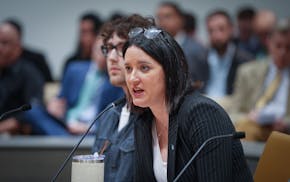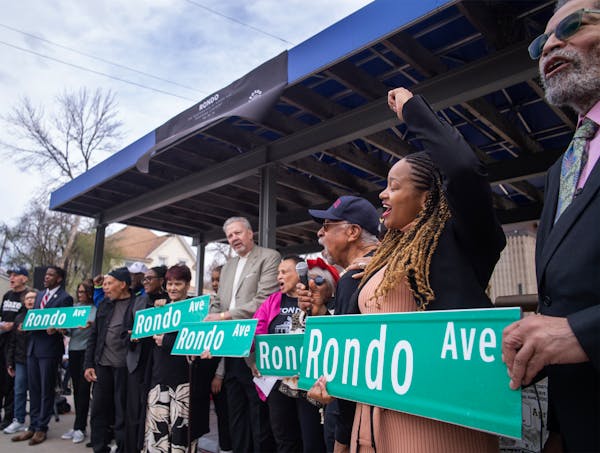Nearly all of the big-money school building projects pitched to voters this fall won approval on Tuesday — and it was a clean sweep in the Twin Cities metro area.
Proposals topping $100 million passed in the Osseo, South Washington County, Stillwater and Westonka school districts, as well as in Mankato.
"Usually, you are lucky if 50 percent of the big ones pass," said Greg Abbott, a spokesman for the Minnesota School Boards Association. "But people recognized the need."
Yet many districts seeking money for such projects outside the metro didn't fare as well. In Rochester, a $105 million request over 10 years fell short. And in the Russell-Tyler-Ruthton district in southwestern Minnesota, a $15 million proposal covering classrooms, a gym and a fitness room lost by just 16 votes.
In addition, just 12 of 27 school districts persuaded voters to back increases in their operating levies, the worst passage rate since 2006.
Typically, it is greater Minnesota that "takes it on the chin" when it comes to levy proposals, Abbott said. But losses were recorded in Farmington, Brooklyn Center, Inver Grove Heights and Lakeville, too — surprising given it is a "direct classroom thing," he said.
Richfield voters, on the other hand, overwhelmingly approved a proposal to increase that district's operating levy by $1,088 per student.
On the bond front, South Washington County reversed a setback from a year ago by pitching $201 million in building renovations and additions — down from a $463 million request in 2022 that also would have closed a popular elementary school.
Plans called for an addition to East Ridge High School, among other secondary school projects, plus $40 million in additional elementary classroom space.
Consistency from one school to the next was top of mind for Osseo Area Schools officials.
That district's $223 million proposal included upgrades to classrooms in every school, secure entrances at three high schools and a new elementary school in Maple Grove. Efforts also will be made to provide outdoor classroom space at every elementary school.
"Our schools will now have learning environments that enable our scholars to best succeed and achieve their dreams," Superintendent Kim Hiel said in a statement.
Stillwater Area Public Schools made the replacement of two elementary schools with new buildings a major part of its $175 million bond proposal.
Statewide, 30 of 45 districts that were seeking bond approvals on Tuesday saw at least one ballot question pass — good for $1.46 billion in new capital projects.
Financial hit differs outside metro
Abbott said such requests tend to face tougher sledding outside the metro because the tax bases aren't large enough to sufficiently ease the blow to homeowners.
For example, the $201 million in bonds being sold in South Washington County would increase the taxes on the average-valued $409,000 home by $72 per year, the district said.
Montevideo Public Schools, in one comparison, had a bond request for $50 million, and it would have cost the owner of a $150,000 home nearly $300 per year, according to that district's tax calculator. The measure was defeated, 1,097 to 1,021.
Bond proposals of $50 million or more also were rejected in the Pequot Lakes, Martin County West, Stewartville and Duluth school districts.
As for the operating levy losses, Abbott said reasons can differ from one district to the next, but he'd heard of people questioning why local taxes had to be raised in light of what was described as a historic state investment in education this year.
"Yes, there was historic funding, but it was for specific things," he said. "It's a hard message to get across."
In a website post Thursday, the Minnesota Rural Education Association said it will consult with members in the coming weeks to learn "what worked and what didn't work during this election season" and pass it on to legislators as it continues efforts to ease funding gaps between metro and rural Minnesota.

Hennepin County commission primary narrows Edina-area seat to two

Lakeville teachers file intent to strike, picket outside school board meeting

Hennepin Co. Board OKs Mary Moriarty's request to hire outside lawyers for trooper prosecution

